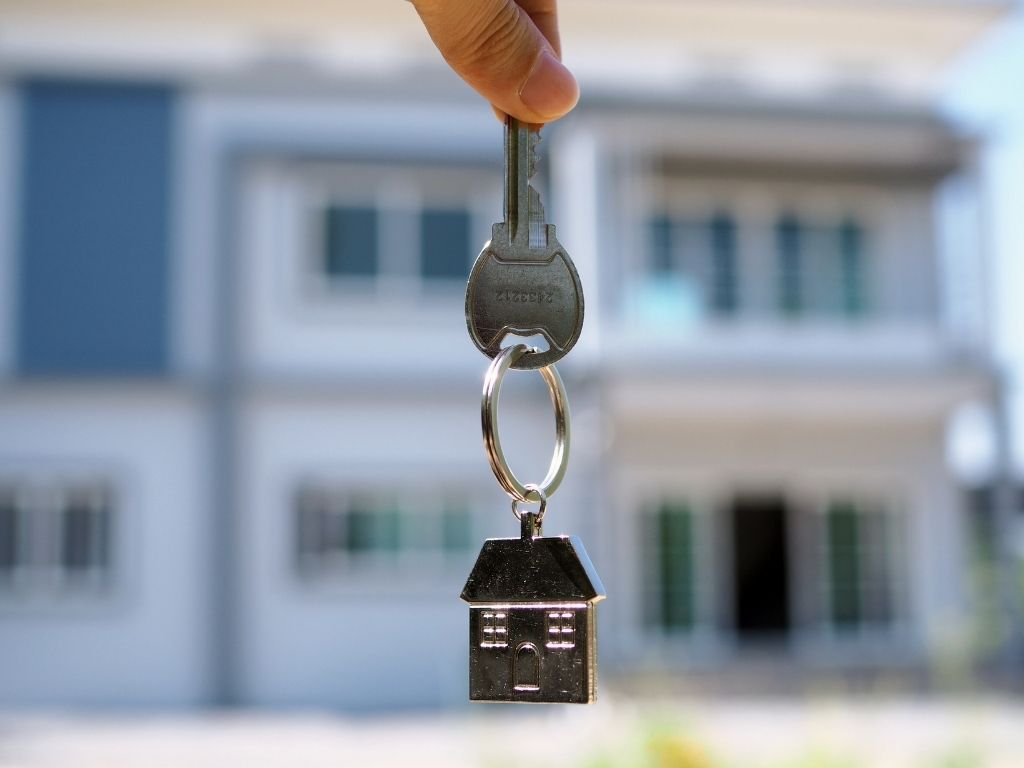Liens pop up on properties when you least expect it. Even if you think you’ve handled your finances well and never had a reason to have a lien on it, you can’t be too sure.
It’s important to check, especially before you refinance or sell your home as it could alter your financing options or change the amount of money you receive from the sale.
There is more than one type of lien, and they may have distinct consequences for you as a homeowner that can affect how much you make from selling your home. This is how to tell if there is a lien on your property and what you can do about it:
What Is A Lien?
A lien is a right to a portion of your property’s value because of a debt you didn’t pay. If you sell the property, the lienholder gets first debts on the proceeds. A common lien most home sellers have is a mortgage, for example. The mortgage lender receives payment before you receive any proceeds.
Other not so common liens are mechanical liens, tax, liens, and judgments. Mechanical liens are from contractors or subtractors who did not receive payment; tax liens are for unpaid real estate, state, or federal income taxes you didn’t pay, and judgments are for any debt you didn’t pay that the court allowed the creditor or person to put a lien on your property.
Any one of these types of liens can be placed on a property, and in a worst-case scenario, there can be multiple liens against one home. This is one of the reasons why keeping track of your debts is so important, especially if you’re planning to sell your home in the near future.
Two Types Of Liens
To start with, you should know the two types of liens that may be on your property:
- A voluntary lien – Your mortgage is an example of a voluntary lien. You agree to put up your collateral in exchange for the loan, knowing that there will be repercussions if you are unable to make your loan repayments. You know if you don’t pay the debt, the lender has a lien on the property and can take the property for non-payment.
- An involuntary lien – If you have a lien you didn’t know about, it’s likely involuntary. You defaulted on a debt that didn’t have collateral tied to it and the creditor wants their money. This could include anything from unpaid contractor fees to unpaid taxes or unpaid child support.
Steps To Tell If There Is A Lien On Your Property
Liens are public record, so it’s easy to find out if one has been placed on your home. If there are any liens on your property, the first thing to do is check what they are and for what reason they’ve been enacted.
The simplest way to find them is to search your property address or PIN on your county recorder’s website. If your county doesn’t have an accessible website, you can go into the courthouse and search the records yourself. This may be a more time-intensive process due to slowdowns caused by the pandemic, so be sure to contact the courthouse first and find out what their requirements for a visit are.
If you don’t want to do the legwork yourself, you can also pay a title company to conduct a title search for you. They’ll do the same steps discussed above, but you’ll pay a fee for them to do it and save you the time and effort.
What Happens If There Is A Lien On Your Property?
If you find liens on your property, you’ll want to determine if they’re legitimate. Did you already satisfy the lien or do you still owe them? Does the company have grounds for the lien?
If you repaid them, find the proof of payment and contact both the creditor and your county recorder. Provide the proof, determine the necessary steps to remove the lien, and ensure that the records have been updated to reflect your efforts.
If you still owe the debts, try to work with the creditor who placed the lien. If you can’t afford to pay it in full, ask about a settlement or whether payments can be made in installments. Many creditors will accept a settlement to get the debt off their books – just be wary of the interest rates that can come with these negotiated repayments. At worst, you can wait until you sell the property and pay the debt off using the sale proceeds.
If you’re unable to settle the lien, there is a chance that the creditor will force a sale of the property.
Can You Get Title Insurance With A Lien?
If you secure a mortgage on the property, the lender will require title insurance. This protects the lender should someone try to stake a claim in the property after the title search is complete. If you have existing liens on the property, however, the title company will not issue title insurance. You must work with the creditor to satisfy and remove the lien before you can get title insurance.
It’s important to determine if there is a lien on your property before you refinance or try to sell your home. Finding out when you get to the closing table or halfway through the selling process is an unpleasant way to find out about a lien, so it’s best to keep on top of your debts and manage the ones that have lead to a lien as effectively as you can.
Since they take time to remove from your property, especially if you need to come up with the finances, it’s important to check your property often, especially if you suspect there may be a lien due to a mishap or unpaid debt. You’ll want to ensure that liens against the property have been settled before putting it on the market.



